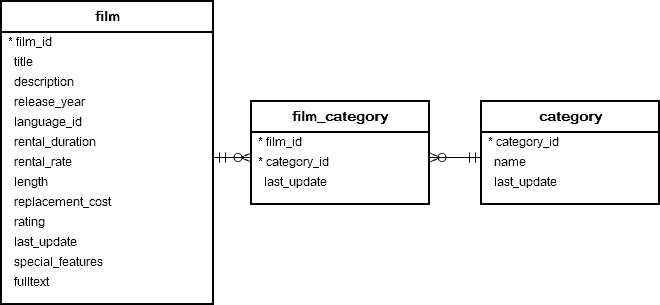Summary: in this tutorial, you will learn how to use the PostgreSQL DROP VIEW statement to delete a view from your database.
Introduction to PostgreSQL DROP VIEW statement
The DROP VIEW statement allows you to remove a view from the database.
Here’s the basic syntax of the DROP VIEW statement:
DROP VIEW [IF EXISTS] view_name
[CASCADE | RESTRICT];Code language: SQL (Structured Query Language) (sql)In this syntax:
- First, specify the name of the view in the
DROP VIEWclause. - Second, use
IF EXISTSto prevent an error if the view does not exist. PostgreSQL will issue a notice instead of an error when you attempt to remove a non-existing view. TheIF EXISTSis optional. - Third, use
CASCADEoption to remove dependent objects along with the view or theRESTRICToption to reject the removal of the view if other objects depend on the view. TheRESTRICToption is the default.
Dropping multiple views
To drop multiple views simultaneously, you specify the view names separated by commas after the DROP VIEW keywords:
DROP VIEW [IF EXISTS] view_name1, view_name2, ...
[CASCADE | RESTRICT];Code language: PostgreSQL SQL dialect and PL/pgSQL (pgsql)Permissions
To execute the DROP VIEW statement, you need to be the owner of the view or have a DROP privilege on it.
PostgreSQL DROP VIEW statement examples
We’ll use the following tables film, film_category, and category from the sample database:

Creating views for practicing
The following statement creates a new view called film_info based on the film, film_category, and category tables:
CREATE VIEW film_info AS
SELECT
film_id,
title,
release_year,
length,
name category
FROM
film
INNER JOIN film_category USING (film_id)
INNER JOIN category USING(category_id);Code language: SQL (Structured Query Language) (sql)The following statement creates a view called horror_film based on the film_info view:
CREATE VIEW horror_film AS
SELECT
film_id,
title,
release_year,
length
FROM
film_info
WHERE
category = 'Horror';Code language: SQL (Structured Query Language) (sql)The following statement creates a view called comedy_film based on the film_master view:
CREATE VIEW comedy_film AS
SELECT
film_id,
title,
release_year,
length
FROM
film_info
WHERE
category = 'Comedy';Code language: SQL (Structured Query Language) (sql)The following statement creates a view called film_category_stat that returns the number of films by category:
CREATE VIEW film_category_stat AS
SELECT
name,
COUNT(film_id)
FROM
category
INNER JOIN film_category USING (category_id)
INNER JOIN film USING (film_id)
GROUP BY
name;Code language: SQL (Structured Query Language) (sql)The following creates a view called film_length_stat that returns the total length of films for each category:
CREATE VIEW film_length_stat AS
SELECT
name,
SUM(length) film_length
FROM
category
INNER JOIN film_category USING (category_id)
INNER JOIN film USING (film_id)
GROUP BY
name;Code language: SQL (Structured Query Language) (sql)1) Using the DROP VIEW statement to drop one view example
The following example uses the DROP VIEW statement to drop the comedy_film view:
DROP VIEW comedy_film;Code language: SQL (Structured Query Language) (sql)2) Using the DROP VIEW statement to drop a view that has dependent objects
The following statement uses the DROP VIEW statement to drop the film_info view:
DROP VIEW film_info;Code language: SQL (Structured Query Language) (sql)PostgreSQL issued an error:
ERROR: cannot drop view film_info because other objects depend on it
DETAIL: view horror_film depends on view film_info
HINT: Use DROP ... CASCADE to drop the dependent objects too.Code language: Shell Session (shell)The film_info has a dependent object which is the view horror_film.
To drop the view film_info, you need to drop its dependent object first or use the CASCADE option like this:
DROP VIEW film_info
CASCADE;Code language: SQL (Structured Query Language) (sql)This statement drops the film_info view as well as its dependent object which is the horror_film. It issued the following notice:
NOTICE: drop cascades to view horror_filmCode language: HTTP (http)3) Using the DROP VIEW statement to drop multiple views
The following statement uses a single DROP VIEW statement to drop multiple views:
DROP VIEW film_length_stat, film_category_stat;Code language: SQL (Structured Query Language) (sql)Summary
- Use the
DROP VIEWstatement to remove one or more views from the database. - Use the
IF EXISTSoption to remove a view if it exists. - Use the
CASCADEoption to remove a view and its dependent objects recursively.